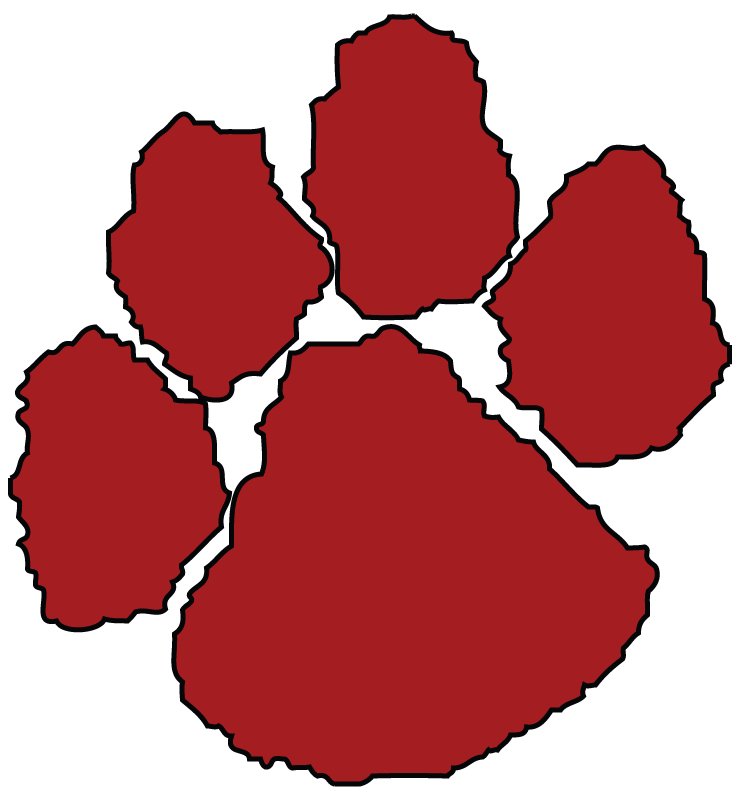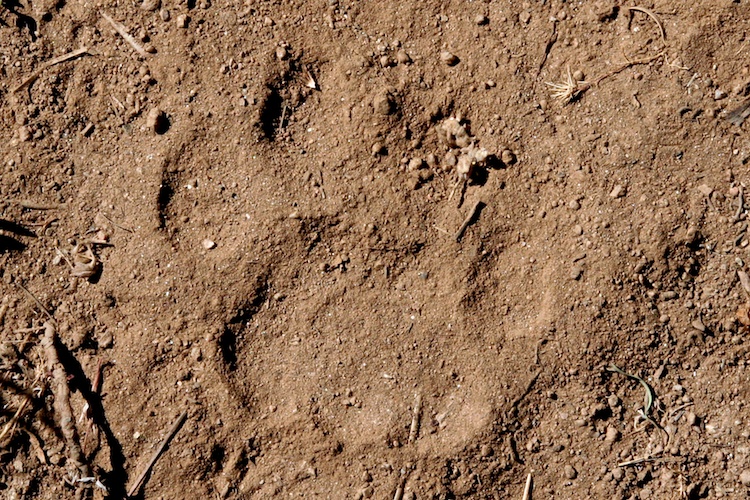
The pads have a flattened, distinctive ‘M’ shape. Lion paw prints are generally large, 3-4 inches across, and claw marks are absent.

You should notify your local animal control or law enforcement if you notice any of the following: The unwary movements of people and companion animals are often the trigger causing predatory instinct to take over. Lastly, the predatory instincts of a mountain lion are very strong, and when people and domestic animals behave in certain ways these behaviors attract unwanted attention. If large animals such as deer are hard to find they will prey on whatever food source is available. Often juvenile cats are forced to take territory that is marginal at best, and may have a limited prey base. Immature lions striking out on their own are unfamiliar with human areas and habits. Lions that are sick, injured or old may be forced to prey on easiest targets, such as companion animals and livestock, out of desperation. There may be several reasons a mountain lion behaves in a manner that conflicts with human lifestyles. Since then more lions have been taken via special permits from the state (depredation permits), for lions causing damage or threatening humans, than were taken when legally hunted. (1990) which banned the legal taking of any mountain lion for sport. Mountain biking, camping, hiking, rock climbing and off road-riding have all grown in popularity, and mountain lion encounters have inevitably risen.Īnother possible reason for the rise of lion encounters was the passing of California Proposition 117 Also, along with continued urban development more people have taken to our mountains and wild land environments for recreation, places mountain lions reside. Lion numbers have increased in recent years, and their habitat is shrinking. In extremely rare instances people have fallen victim to mountain lion attacks. A large dog is no match for a hungry lion. Occasionally they will kill and eat domestic companion animals.

Mountain lions will attack livestock (cows, sheep, goats etc.) if the opportunity is present. If you live in an area with a large population of deer chances are you live in mountain lion territory. Mountain lions eat a variety of prey, among them rabbits, squirrels, coyotes and raccoons, but the mainstay of their diet is larger prey such as deer. Their tail is long in relation to its body, and is used use for balance and control while chasing prey. They can be very large in size with some males reaching 8 feet long and up to 180 lbs. The ends of their ears and tail are black tipped. Regardless, anyone who catches a glimpse of one will likely never forget it.Īs their genus name implies, mountain lions are generally a solid tawny or varying shades of a tan color. It is remarkable that so many mountain lions can live in or near human populations usually with little or no consequence, but occasionally there are problems. Population estimates in California are from many hundreds to as much as 10,000 animals.

Mountain lions can be found in most states across the nation, and are doing well in California. Their Latin name is Felis concolor (cat all of one color), but they could also be known as cat of many names, such as puma, catamount, panther or cougar.


 0 kommentar(er)
0 kommentar(er)
